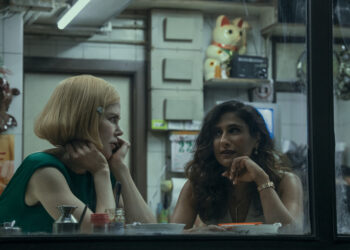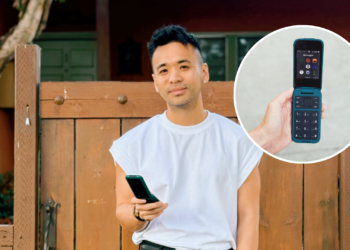After much speculation, Camilla, the queen consort, won’t wear the controversial Kohinoor diamond that critics say was plundered under British rule — but some see the decision as an empty gesture.
The royal family announced this week that Queen Mary’s crown, which held a replica of the Kohinoor diamond, would be reset without the stone ahead of the coronation of King Charles III.
The crown will instead include the Cullinan III, IV and V diamonds as a tribute to Queen Elizabeth II. The stones, mined from South Africa, were part of her personal jewelry collection as brooches, but they are not without controversy either: Historians point out though they were gifted to King Edward VII, the nearly flawless diamonds are still artifacts of British imperialism.
“The decision to exclude the Kohinoor from the crowns used in the ceremony seems to me like an attempt to keep questions of British colonial exploitation and the royal family’s involvement with that exploitation at a minimum,” said Danielle Kinsey, an assistant professor of history at Carleton University in Ottawa, Ontario, who focuses on the history of 19th-century Britain and its empire. “They can’t escape that history.”
The Kohinoor — also spelled Koh-i-noor — was first set in Queen Mary’s crown and was later replaced with a quartz crystal replica, while the original was moved to the queen mother’s crown, where it is now, according to the Royal Collection Trust.
The Cullinan, the world’s largest diamond, was discovered in South Africa in 1905 at a mine near one of three capital cities, Pretoria. The diamond was cut into nine large stones and about 100 small ones, including the 530-carat Star of Africa, which is set in the Sovereign’s Sceptre With Cross. The scepter is presented to the sovereign during their coronation. All of the gems are part of the Crown Jewels of the United Kingdom.
The Cullinan was gifted to the royal family in 1907 as a symbolic gesture to mend Great Britain and…
Read the full article here





